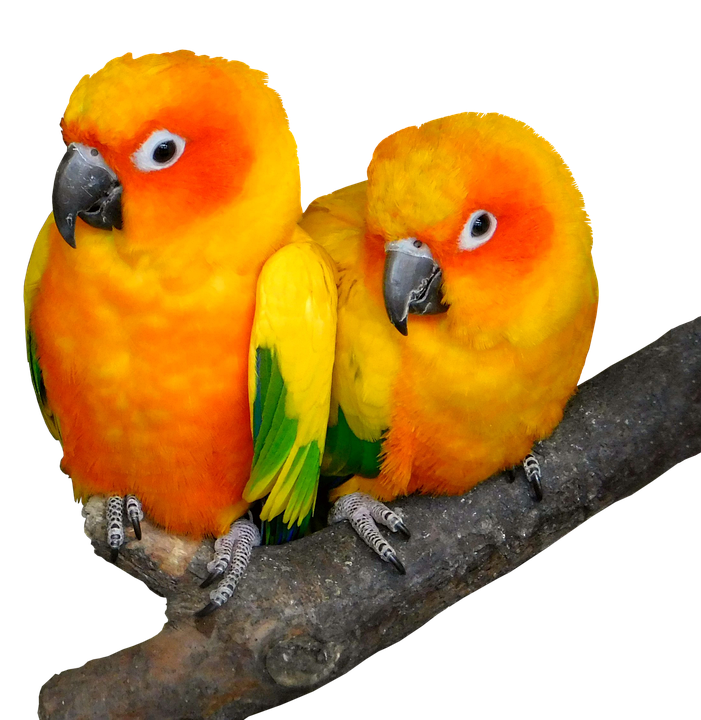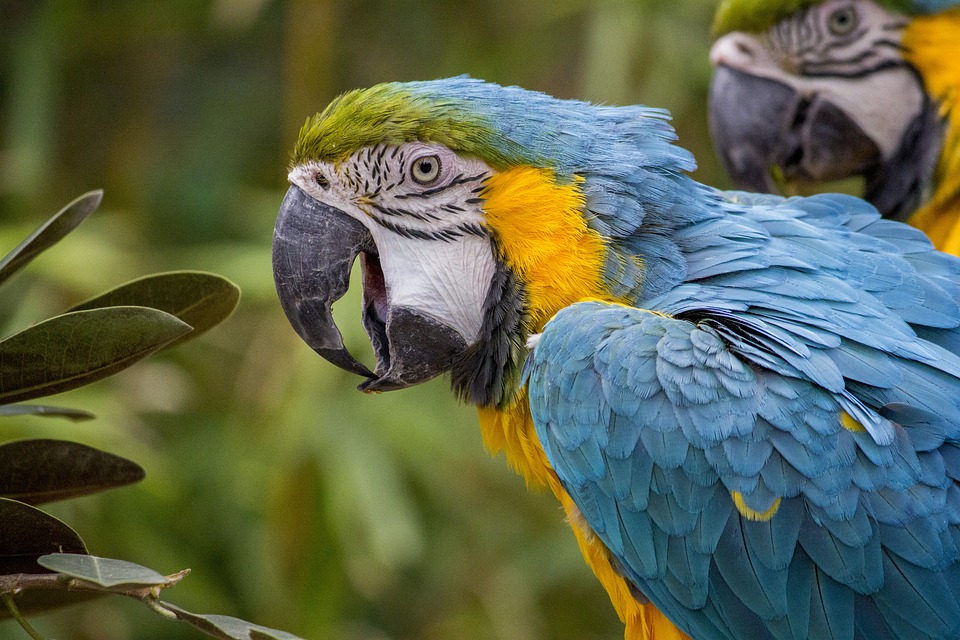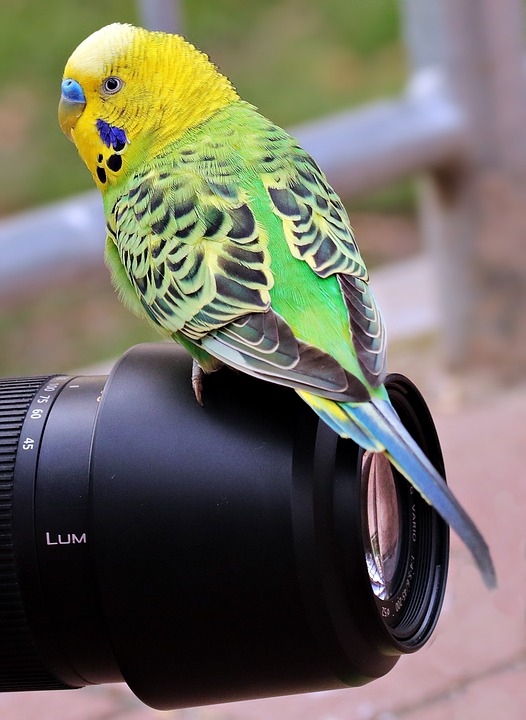Parrots are highly intelligent and social creatures that can learn to perform complex behaviors through positive reinforcement training. By utilizing this effective training method, you can teach your feathered friend a variety of skills and behaviors while strengthening your bond. In this article, we will discuss the principles of positive reinforcement training and provide step-by-step guidance on shaping complex parrot behaviors. Additionally, we will address common questions and concerns in the FAQs section at the end.
Understanding Positive Reinforcement Training
Positive reinforcement training is a training technique that focuses on rewarding desired behaviors to encourage their repetition. This method relies on associating a behavior with a positive consequence, such as a treat or praise, to reinforce the desired action. Parrots, like many animals, are more likely to repeat behaviors that are followed by pleasurable outcomes.
Step-by-Step Guide to Shaping Complex Parrot Behaviors
1. Define the Desired Behavior: Clearly identify the specific behavior you want to train your parrot to perform. Break it down into smaller, achievable steps to make the training process more manageable.
2. Choose an Appropriate Reinforcer: Select a reward that your parrot finds highly motivating. This can be a favorite treat, verbal praise, or even a special toy. The key is to find something that your parrot finds rewarding and is willing to work for.
3. Start with Basic Behaviors: Begin by reinforcing simple behaviors that are already familiar to your parrot. This could include stepping onto a finger or perch, responding to a specific cue, or targeting an object with its beak.
4. Add Incremental Challenges: Once your parrot has mastered the basic behaviors, gradually introduce more complex tasks. For example, if you initially trained your parrot to step onto a finger, you can then progress to teaching it to step onto a designated spot or even perform a trick like waving.
5. Break Complex Behaviors into Smaller Steps: If you are training a complex behavior, such as teaching your parrot to retrieve an object, break it down into smaller, achievable steps. Reinforce each step individually before gradually combining them into the final behavior.
6. Use Positive Reinforcement Consistently: Consistency is crucial in positive reinforcement training. Always reward your parrot immediately after it performs the desired behavior, ensuring a strong association between the action and the reward.
7. Avoid Punishment or Negative Reinforcement: Positive reinforcement training focuses on rewarding desired behaviors, rather than punishing or using negative reinforcement for unwanted behaviors. Punishment can lead to fear and mistrust, hindering the training progress.
8. Maintain Training Sessions and Reinforcement: Regular training sessions are essential to reinforce and maintain the learned behaviors. Even after your parrot has mastered a behavior, occasional reinforcement will help solidify the training and prevent regression.
FAQs (Frequently Asked Questions)
1. Can positive reinforcement training work for all parrot species?
– Yes, positive reinforcement training can be effective for all parrot species. However, it is important to consider the individual needs, preferences, and limitations of each species during the training process.
2. How long does it take to train a parrot complex behaviors?
– The duration of training depends on various factors, including the complexity of the behavior, the individual parrot’s learning capabilities, and the consistency of training. Some behaviors can be learned relatively quickly, while others may require more time and patience.
3. What if my parrot doesn’t seem motivated by any rewards?
– It’s important to find the right reinforcer that truly motivates your parrot. Experiment with different treats, toys, or activities to discover what your parrot finds most rewarding. If your parrot seems disinterested, it may be necessary to consult an avian behavior specialist for further guidance.
4. Can positive reinforcement training help with behavior problems?
– Yes, positive reinforcement training can be a valuable tool in addressing behavior problems. By redirecting and reinforcing desired behaviors, you can effectively modify unwanted behaviors. However, for severe behavior issues, it is advisable to seek professional help from a certified avian behaviorist.
Remember, positive reinforcement training not only teaches your parrot new skills but also enhances the bond and trust between you and your feathered companion. Patience, consistency, and understanding are key to successful training outcomes. Enjoy the journey of shaping your parrot’s complex behaviors while fostering a harmonious relationship!









